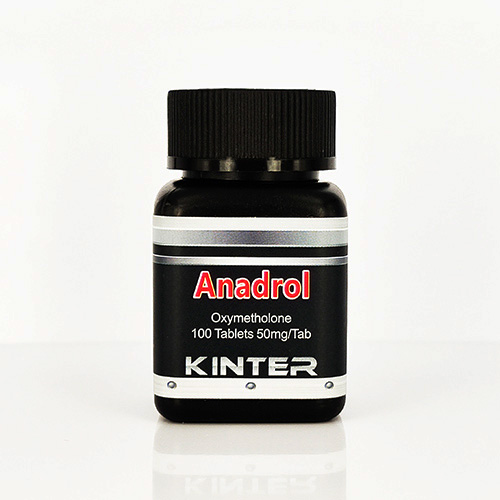Medical uses
The primary clinical applications of oxymetholone include treatment of anemia and osteoporosis, as well as stimulating muscle growth in malnourished or underdeveloped patients. However, in the United States, the only remaining FDA-approved indication is the treatment of anemia.
Following the introduction of anadrol, nonsteroidal drugs such as epoetin alfa were developed and shown to be more effective as a treatment for anemia and osteoporosis without the side effects of anadrol. The drug remained available despite this and eventually found a new use in treating HIV/AIDS wasting syndrome.
Presented most commonly as a 50 mg tablet, Anadrol has been said to be one of the “strongest” and “most powerful” AAS available for medical use. Similarly, there is a risk of side effects. Anadrol is highly effective in promoting extensive gains in body mass, mostly by greatly improving protein synthesis. For this reason, it is often used by bodybuilders and athletes.
Non-medical uses
Anadrol is used for physique- and performance-enhancing purposes by competitive athletes, bodybuilders, and powerlifters.
Pharmacokinetics
There is limited information available on the pharmacokinetics of anavar. It appears to be well-absorbed with oral administration. Anavar has very low affinity for human serum sex hormone-binding globulin (SHBG), less than 5% of that of testosterone and less than 1% of that of DHT. The drug is metabolized in the liver by oxidation at the C2 position, reduction at the C3 position, hydroxylation at the C17 position, and conjugation. The C2 hydroxymethylene group of oxymetholone can be cleaved to form mestanolone (17α-methyl-DHT), which may contribute to the effects of oxymetholone. The elimination half-life of oxymetholone is unknown. Oxymetholone and its metabolites are eliminated in the urine.
